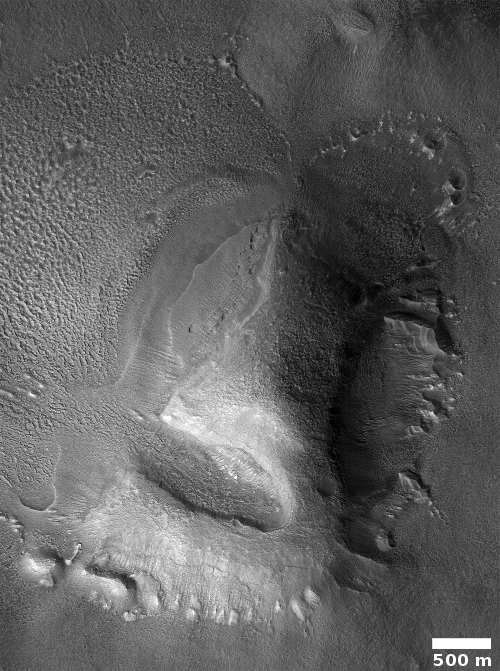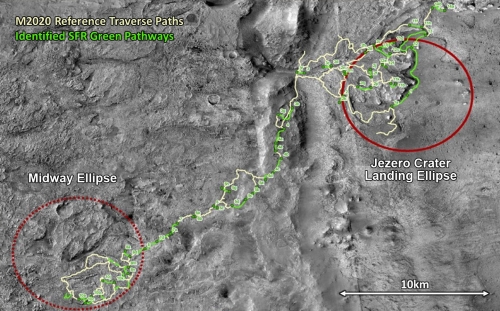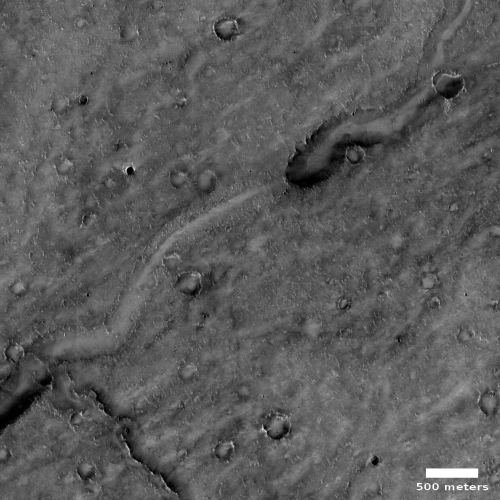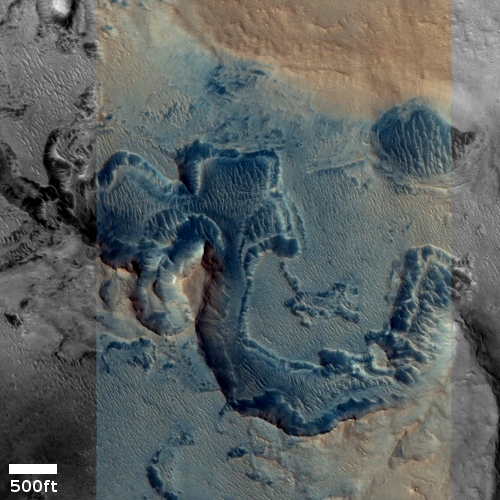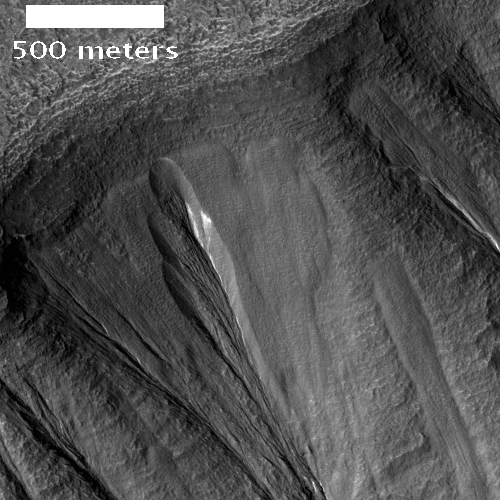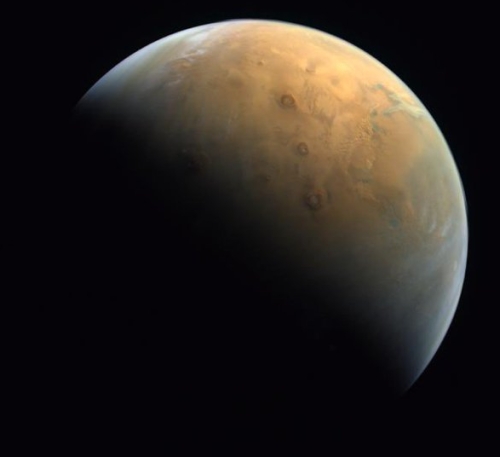Today’s blacklisted American: The sci-fi publishing company Baen Books
They’re coming for you next: Because of a single hit piece falsely claiming that a forum run by the long-established science fiction publishing company Baen Books was “fomenting insurrection” (the new buzzword of the brainless left being used to silence dissent), the publisher’s web-based operations were threatened with shutdown.
As a result Baen was forced to close-down, it says temporarily, that forum.
Yesterday some nobody, wannabe writer, social justice twit released a hit piece “expose” about how posters on Baen’s Bar were fomenting insurrection or some such nonsense. It was the usual [expletive deleted] hit piece (the sad part is, by saying the usual, half the country immediately knows exactly what I’m talking about). It was lots of pearl clutching over regular people not toeing their arbitrary political lines, misquotes, errors, quotes taken out of context, and some flat out lies.
However, this was clearly part of a coordinated attack in order to materially harm our business, because immediately after the hit piece was released complaints were filed with the various internet companies Baen uses for services to pressure them into kicking us off the internet. This hit piece was presented as “evidence”. Without going into details the companies then contacted Baen about these “serious allegations” so last night Baen temporarily took down the Bar forum to protect the rest of the company from being deplatformed.
The link provides lots of background, including the publisher’s response and statements of support from a number of published authors from across the political spectrum.
The internet companies who immediately kow-towed to these storm-troopers and threatened Baen Books deserve nothing but contempt. If they were truly American, they would have told the complainants to go jump in a lake. Don’t like what people are writing in the Baen forum? Either join the conversation and refute what they are writing, or go somewhere else. Don’t try to blackball someone just because you disagree with them.
Instead, these corporate internet platforms joined the two-minute hate and threatened Baen with blacklisting. To my mind the people at those platforms are not Americans, but narrow-minded petty dictators who either like oppressing people who disagree with them or live in constant cowardly fear which requires them to join the mob when it seeks violent retribution.
We need to know who these internet platforms are. Now. This will allow free Americans to begin searching for alternatives.
And if we don’t get those alternatives we will soon face a situation where any complaint against a publisher will lead to that publisher being shut down and its books flushed down the toilet, simply because someone doesn’t like them.
They’re coming for you next: Because of a single hit piece falsely claiming that a forum run by the long-established science fiction publishing company Baen Books was “fomenting insurrection” (the new buzzword of the brainless left being used to silence dissent), the publisher’s web-based operations were threatened with shutdown.
As a result Baen was forced to close-down, it says temporarily, that forum.
Yesterday some nobody, wannabe writer, social justice twit released a hit piece “expose” about how posters on Baen’s Bar were fomenting insurrection or some such nonsense. It was the usual [expletive deleted] hit piece (the sad part is, by saying the usual, half the country immediately knows exactly what I’m talking about). It was lots of pearl clutching over regular people not toeing their arbitrary political lines, misquotes, errors, quotes taken out of context, and some flat out lies.
However, this was clearly part of a coordinated attack in order to materially harm our business, because immediately after the hit piece was released complaints were filed with the various internet companies Baen uses for services to pressure them into kicking us off the internet. This hit piece was presented as “evidence”. Without going into details the companies then contacted Baen about these “serious allegations” so last night Baen temporarily took down the Bar forum to protect the rest of the company from being deplatformed.
The link provides lots of background, including the publisher’s response and statements of support from a number of published authors from across the political spectrum.
The internet companies who immediately kow-towed to these storm-troopers and threatened Baen Books deserve nothing but contempt. If they were truly American, they would have told the complainants to go jump in a lake. Don’t like what people are writing in the Baen forum? Either join the conversation and refute what they are writing, or go somewhere else. Don’t try to blackball someone just because you disagree with them.
Instead, these corporate internet platforms joined the two-minute hate and threatened Baen with blacklisting. To my mind the people at those platforms are not Americans, but narrow-minded petty dictators who either like oppressing people who disagree with them or live in constant cowardly fear which requires them to join the mob when it seeks violent retribution.
We need to know who these internet platforms are. Now. This will allow free Americans to begin searching for alternatives.
And if we don’t get those alternatives we will soon face a situation where any complaint against a publisher will lead to that publisher being shut down and its books flushed down the toilet, simply because someone doesn’t like them.

